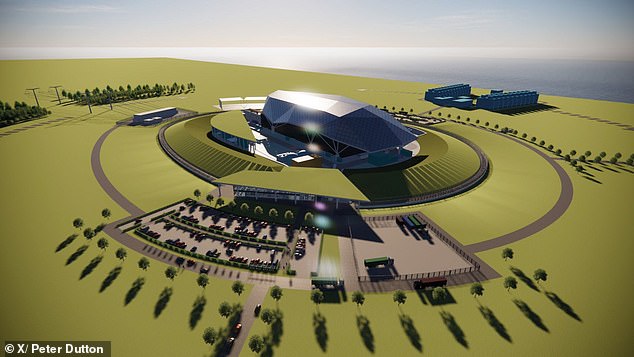Should Australia embrace nuclear energy? Peter Dutton to unveil bold power plan today
The Coalition’s push to build nuclear power stations across Australia will take shape on Monday as Peter Dutton reveals more about the proposed seven sites in five states.
Mr Dutton will address Australia’s Economic Development Committee on the nuclear power plan, which will be a key issue in the next election campaign..
However, the construction costs of the nuclear reactors are not expected to be disclosed in the speech.
The Coalition unveiled plans in June to build reactors in the Hunter Valley and Lithgow in New South Wales, Latrobe Valley in Victoria, Callide and Tarong in Queensland, Port Augusta in South Australia and Collie in Western Australia if it wins the next election.
If the proposal goes ahead, it will take 10 to 12 years for the first reactor to be ready. The rest will be built from 2040 onwards.
Mr Dutton has previously said that nuclear would provide a reliable baseload of electricity as coal is phased out, and that renewables would complement that, rather than relying on them to provide the bulk of electricity supply.
Nationals leader David Littleproud said the Coalition would reveal the costs of nuclear policy before the election.
“(The speech) will set out our full energy policy, what our mix will be, and that means we shouldn’t put all our energy into one basket,” he told Sky News.

Peter Dutton will deliver a speech on Monday outlining a proposal to build seven nuclear reactors

The coalition plans to build reactors in five states, including Victoria’s La Trobe Valley. Pictured: What the reactors could look like
“We have approached this in a very mature way. We have said that coal-fired power stations will be converted to nuclear power stations at seven locations in the country.”
Finance Minister Jim Chalmers said the Coalition’s nuclear policy “‘economic madness’.
“It costs more, it drives up energy prices and it takes longer,” he told Sky News on Sunday.
‘He has to be honest … in this speech: what is it going to cost, what is it going to mean for the energy bill, how is he going to pay for it and what is Australia going to do in the decades it takes to build these reactors.’
